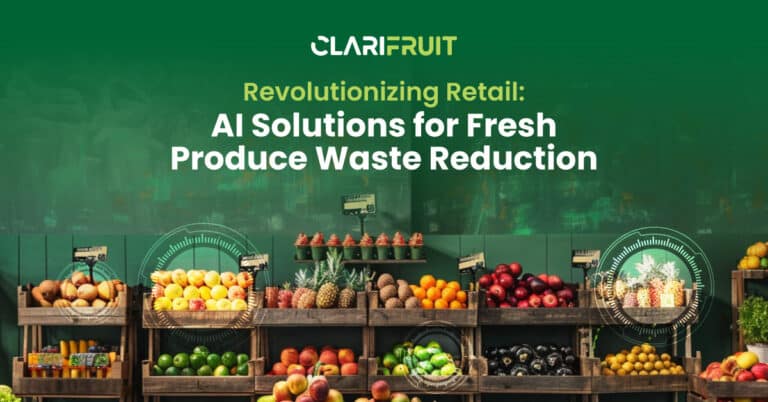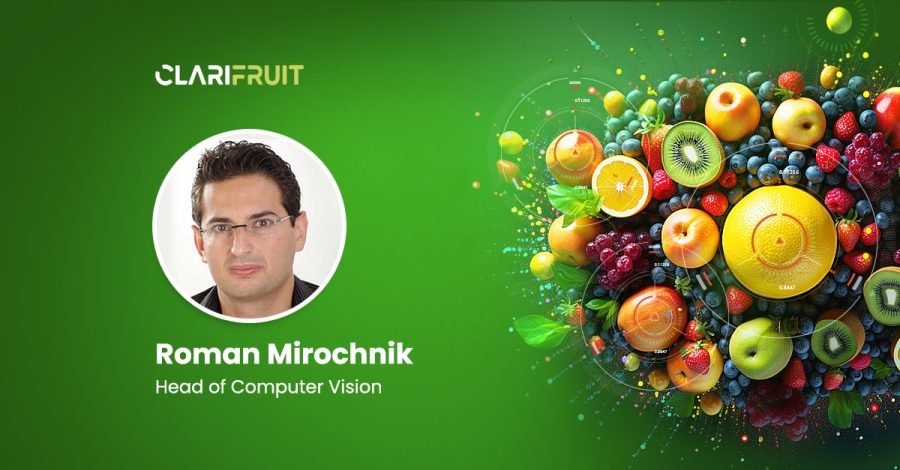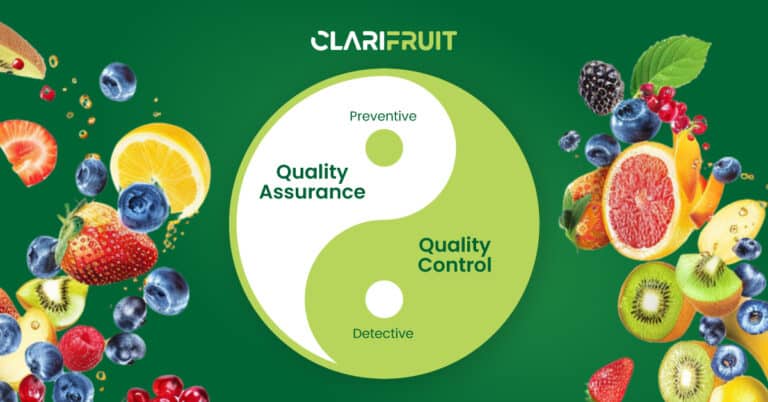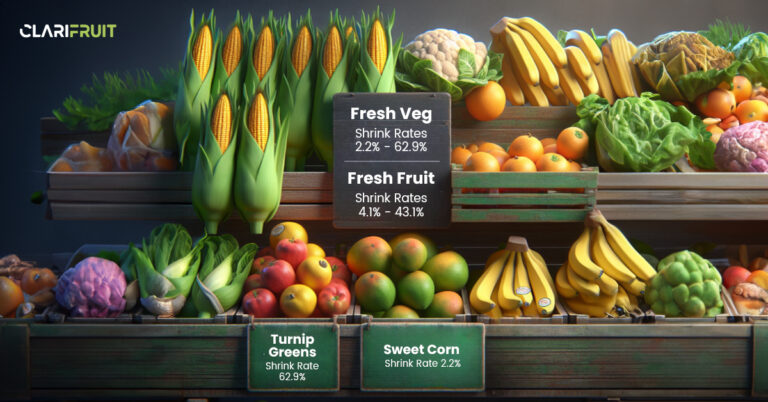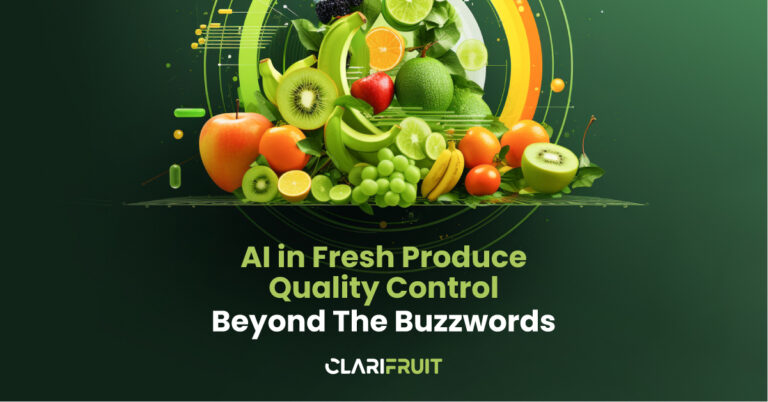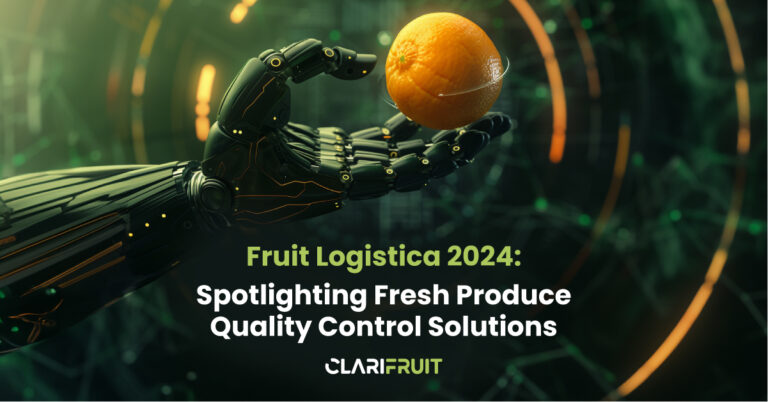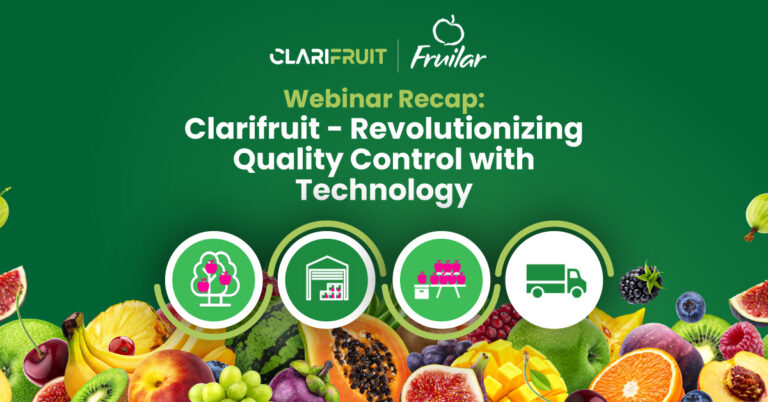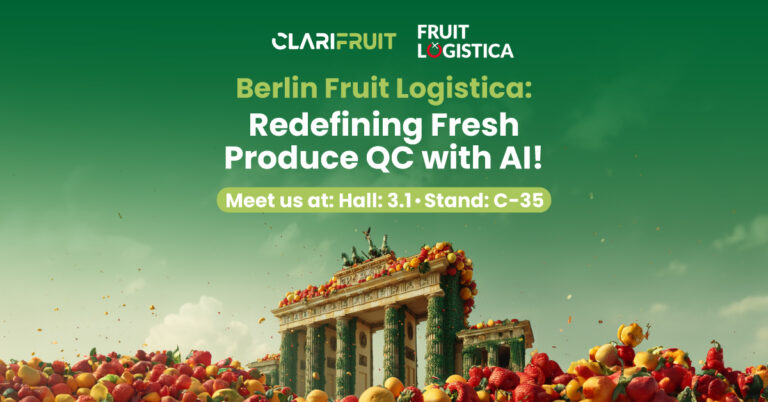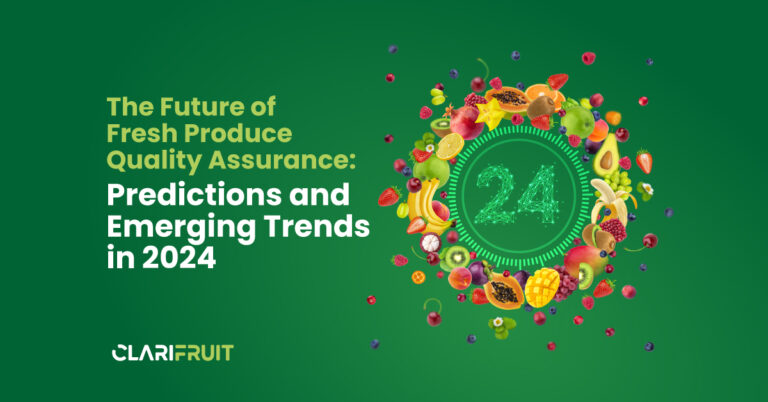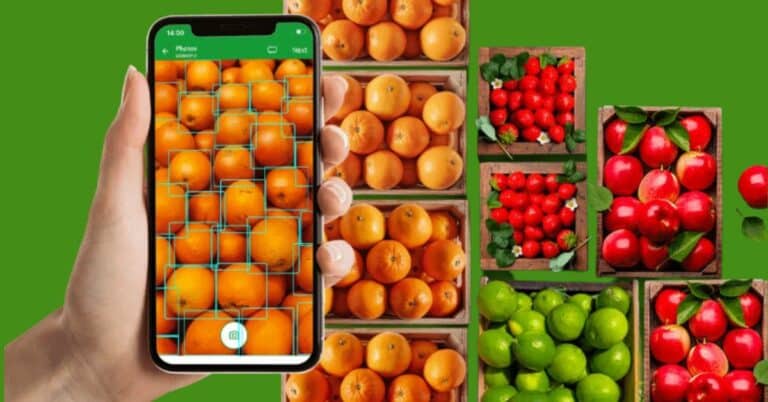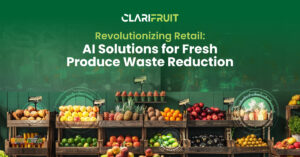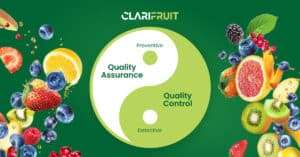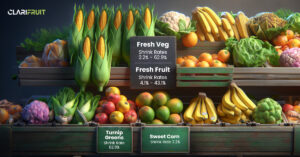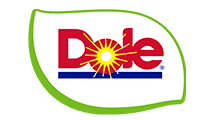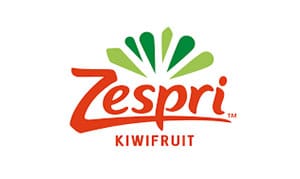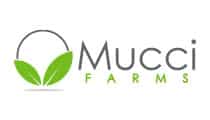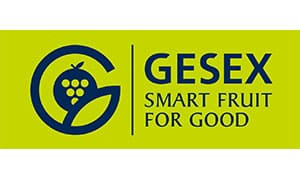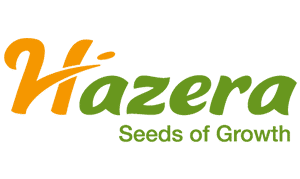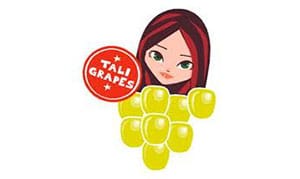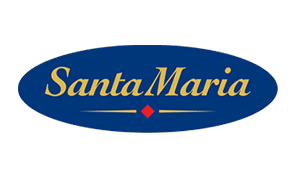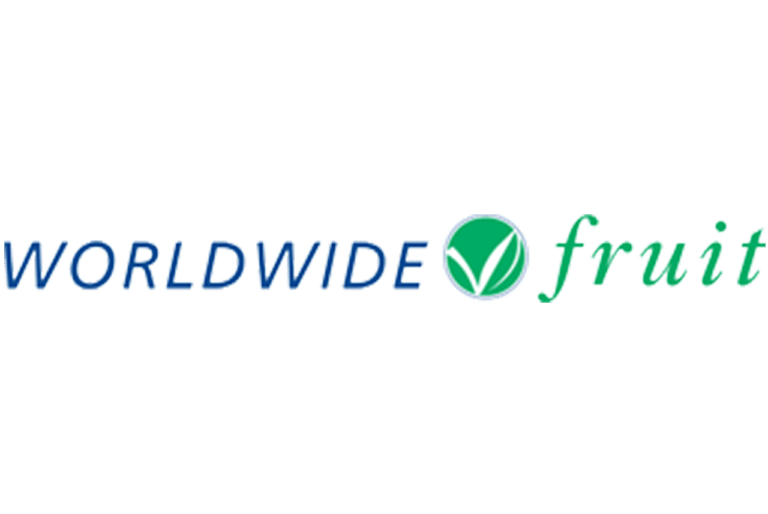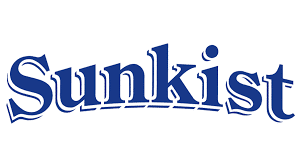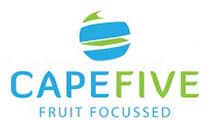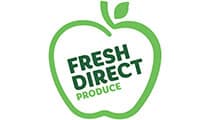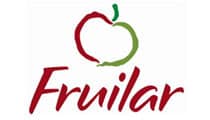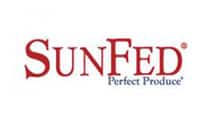Once the stuff of science fiction, AI & computer vision is now one of the most important tools for guaranteeing the quality of the fresh produce that arrives in your local supermarket. We could think of nobody better to talk about this topic than our very own Roman Mirochnik, Head of AI & Computer Vision at Clarifruit.
We decided to ask him some questions about how computer vision works in fresh produce quality control, why it’s so important, and how Clarifruit is leading the way in this ever-evolving field.
Here’s how our conversation went.
First things first: can you help us understand what Computer Vision does?
In the context of fruit and vegetable quality control, computer vision systems use cameras or sensors to capture images of produce. Algorithms then extract relevant features like color, texture, and shape in order to identify any deviations from the desired quality standards.
This really matters for customers, because automating these processes speeds up inspections and eliminates human error. I’m sure we’ll get to that a little later.
What exactly is your role as Head of Computer Vision at Clarifruit?
Basically, our role is to bring the power of AI to the world of AgriTech. To do that, we have a dedicated team responsible for making the whole Clarifruit system work flawlessly for our customers. Our goal is to ensure that they always get the accurate results they need, quickly and easily.
We develop all the algorithms that perform these calculations, and all the applications and systems running behind the scenes. In essence, we help our customers to transition their quality control processes into the AI era, and automate the way they evaluate essential attributes of their produce.
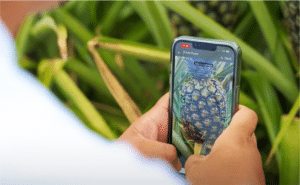
Pictured above: An inspector in the field using Clarifruit’s AI to automatically, in real-time, capture external attributes of pineapples.
What attributes does Clarifruit support right now?
So first, let me explain how we think about attributes. We classify them into a number of levels, increasing in complexity as you go up.
Level 1 includes all attributes that you can manually assess and enter the values into our digital application. All data is entered in a structured manner so it’s available for manipulation.
At level 2, we use computer vision to measure straightforward attributes like size, color and stem condition.
Level 3 is where defects analysis comes in – and that’s where things get more complex, because each produce category has its own specific set of defects. And within each category, you have to distinguish between progressive and quality defects.
For example, imagine you have a shipment of oranges. You find one unit with a cosmetic defect that makes it look unappealing, but with no impact on its overall quality, or the quality of the other oranges. But if there’s mold, it will spread and destroy the other oranges. So our customers need to be able to differentiate between these types of defects – and that is part of what we use computer vision to automate.
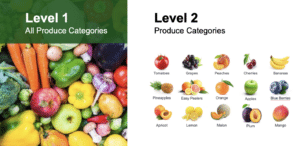
What are your biggest challenges, and how have you overcome them?
One of the most difficult problems we’ve had to deal with is that we don’t have any control over how customers take photos of their fresh produce. One inspector may take a photo of a fruit or vegetable inside the warehouse, while another takes photos outdoors in sunlight. The context, lighting and quality in these images varies a great deal, so we’ve had to make sure that our computer vision algorithm can work with all of them and deliver accurate results.
The algorithm needs to be able to successfully identify the right produce category, and run the appropriate calculations, so we have to test and refine it to make sure we’re covering a vast number of potential scenarios. It’s a huge challenge, but I’m proud to say that our team has pulled it off.
What value does computer vision bring to Clarifruit customers?
That’s a great question, because everything we do here is about driving value for our customers. The way I see it, there are a few major advantages that a computer vision system like ours gives to our customers:
First, I’ll talk about objectivity. Think of an attribute like color. One inspector looks at a fruit and decides that it belongs in color group A. Another inspector evaluates the exact same item as color group B. This subjectivity is very problematic – but it’s also unavoidable when you rely on manual inspections. Computer vision solves this problem entirely, because it’s always objective.
Companies can also save a lot of time on training. In the past, training inspectors took a long time, and it was highly specialized. With a computer vision system, you don’t need that. Anyone can perform these inspections by simply taking a picture.
Another benefit is of course speed. Instead of measuring each individual item in a shipment, the inspector can just take a few pictures and Clarifruit generates the results instantly. You also get results for all attributes at the same time: stem condition, size, color, and so on. So you can measure more fruits and vegetables, in less time, and more accurately.
You can see why this is making quality control so much easier than it was before and even enables new business models to assess quality throughout the supply chain.
Moreover, the insights generated by computer vision systems like Clarifruit’s go beyond just streamlining the quality control process. The data collected can be analyzed to identify trends, patterns, and potential issues in the supply chain. For example, if a particular supplier consistently delivers produce with a higher rate of defects, this information can be used to address the issue proactively. By leveraging the power of data analytics, companies can make informed decisions to optimize their operations, reduce waste, and improve overall quality.
Another significant benefit of AI-powered quality control solutions is their scalability. As businesses grow and their supply chains become more complex, traditional manual inspection methods become increasingly inefficient and costly. With a computer vision system, companies can easily scale their quality control processes to accommodate larger volumes of produce without compromising on accuracy or speed. This scalability is crucial for businesses looking to expand their operations and stay competitive in the ever-evolving fresh produce industry.
So, what’s in the pipeline?
Earlier I told you about levels 1 – 3, so that everything from basic external attributes to important defects for each produce category. Looking ahead, we intend to eventually integrate levels 4 & 5. At these levels, we’ll be looking at internal attributes, things like sugar level, acidity, dry weight, et cetera. But that requires different kinds of sensors like infrared and hyperspectral technology. Those technologies aren’t mature yet for our customers’ use cases at the field or the DCs but our long term plan is to lead the way there, too.
Eventually, Clarifruit will support all produce categories and measure all attributes and defects at these levels. So it will be an even more powerful platform than it is now. We’re pretty excited about the future, to be honest. I see Clarifruit dominating this field in the next few years, and providing the solid, accurate results that the Fresh Produce supply chain, including consumers down the road, are going to need in the future.
Ready to learn more? There’s so much more that we could say about computer vision. Reach out to our team to schedule your own free demo and keep the conversation going.
